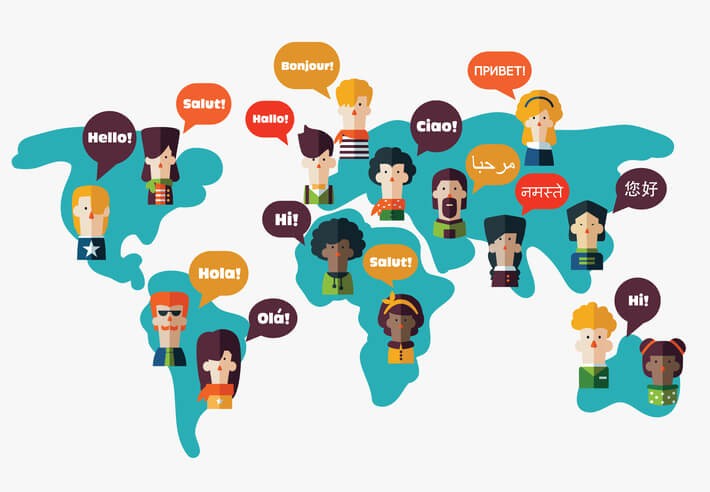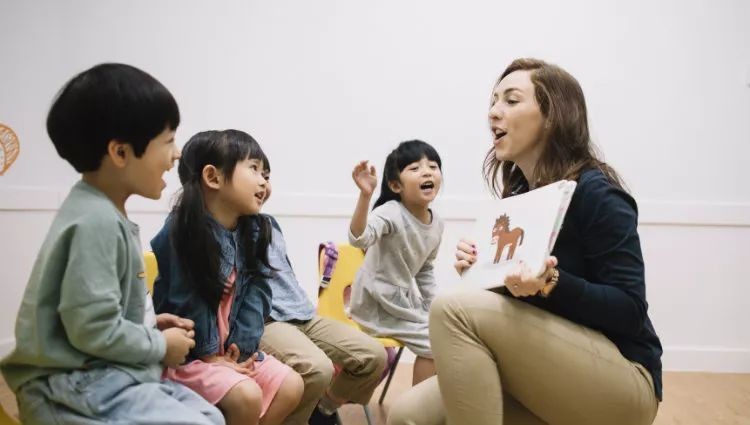An Effective Way Helps To Learn The Second Language

Krashen believes that only when the learner is exposed to “comprehensible input”, that is, a second language input that is slightly higher than his/her existing language skills, so that he/she can focus on meaning (the understanding of the information) instead of the code of the language to produce acquisition. Learners will recognize frequent words, phrases and grammar structure by using listening, reading and repetition. Mechanized language learning will make learners lose interest in a second language quickly.
The characteristics of comprehensive input:
- Comprehensive
It’s necessary to prepare learning materials that learners can understand, otherwise the input is just a kind of noise for them.
- Interesting and relevant
The materials should be interesting and relevant so that the learners are more likely to acquire the language unknowingly.
- Non-grammatical programming
The main purpose is "acquisition" rather than "learning,"
- Enough input
It requires continuous and interesting extensive reading and a lot of related conversations.
[Recommended Reading: RESOURCES TO IMPOVE YOUR CHINESE LISTENING SKILL WHEN LIVING IN CHINA ]
Effective strategies in the classroom
Beginners: The teacher puts words and phrases in context and gives learners specific instructions.
Intermediate learners: When the learner begins to understand the basic logic of the language, the teacher can let the learner know how to form sentences through games, stories and videos.
Advanced learners: The teacher appropriately increases the difficulty of the materials, and through dialogue, audio and video, teaching phrases and idioms, further improve students' language knowledge and cultivate their insight.
How to apply the input Hypothesis?
- Put it in the context
Although there are some unfamiliar words or phrases in the text, learners is able to guess their meaning through reading the whole massage.
- Explain difficult concepts
All languages have unique expressions (phrases/idioms), so explain them before giving the materials to learners to help them translate.
- Rewrite words and expressions
Some advanced or professional expressions seem impossible for learners to translate, so try to use simpler synonyms to reword them.
- Use visual materials
Visual materials like pictures, drawings and videos help leaners associate unfamiliar words and phrases with the materials so as to understand their meaning.
-
Tips to Deal with Bad Behaviors When Teaching In China
It requires some teaching skills to mange your ESL classroom effectively. Here are some tips for you... -
The Requirement to Teach in China
If you are going to teach English in China, it is essential to go through all the requirements. Get... -
How to Motivate Your Chinese Students
Sometimes it is difficult to mange Chinese students. Here are some tips for you to motivating your C...








